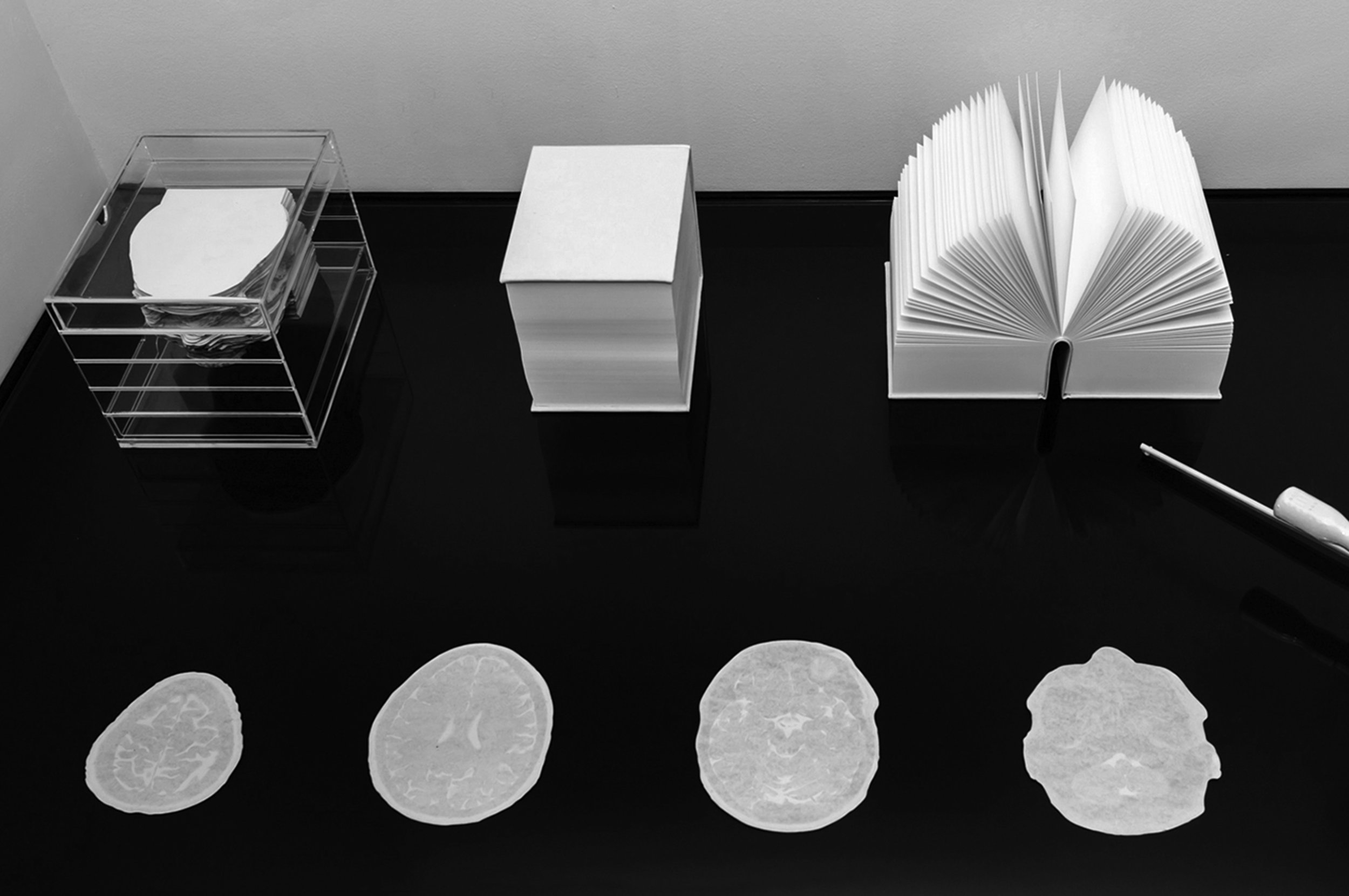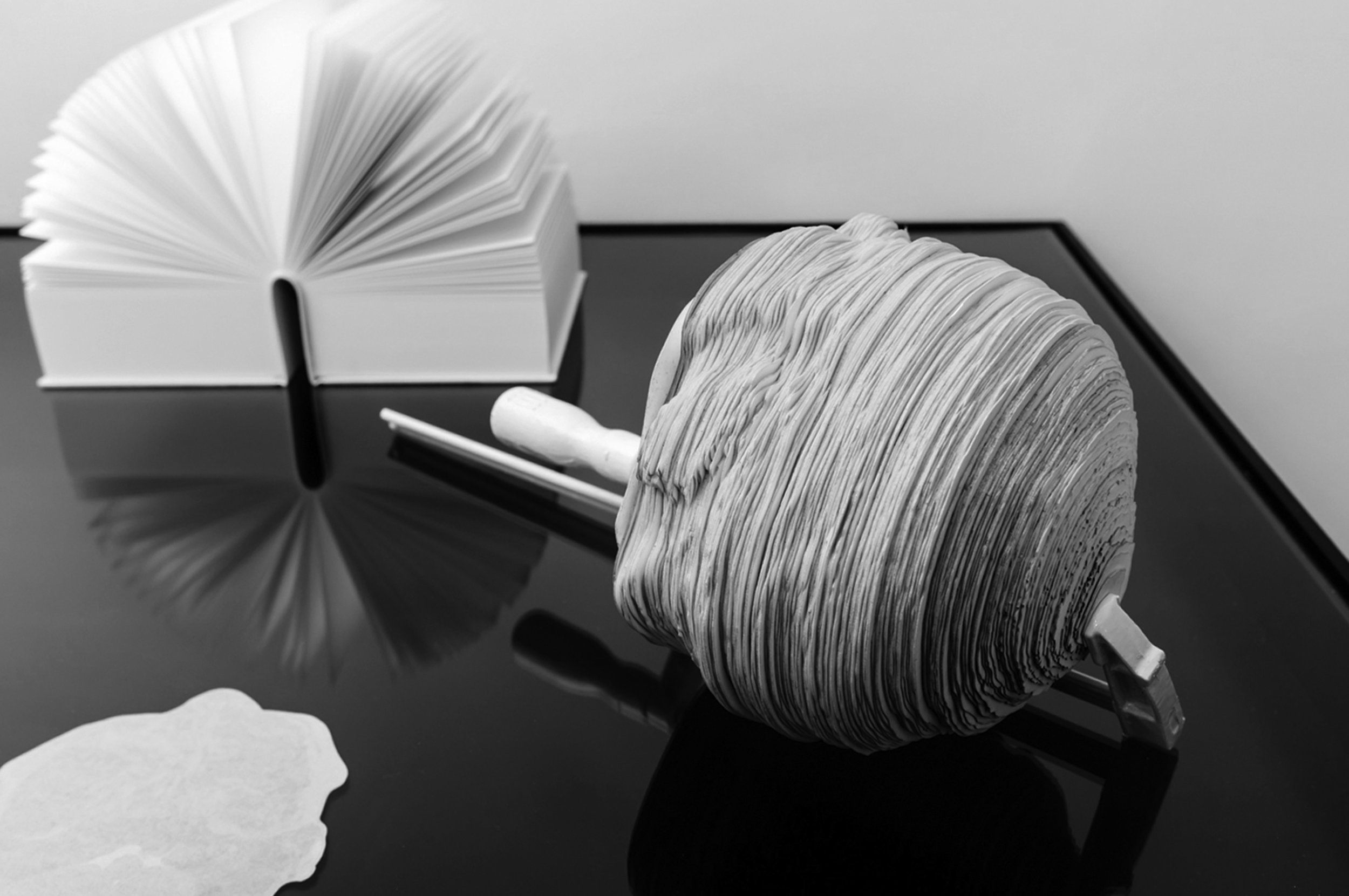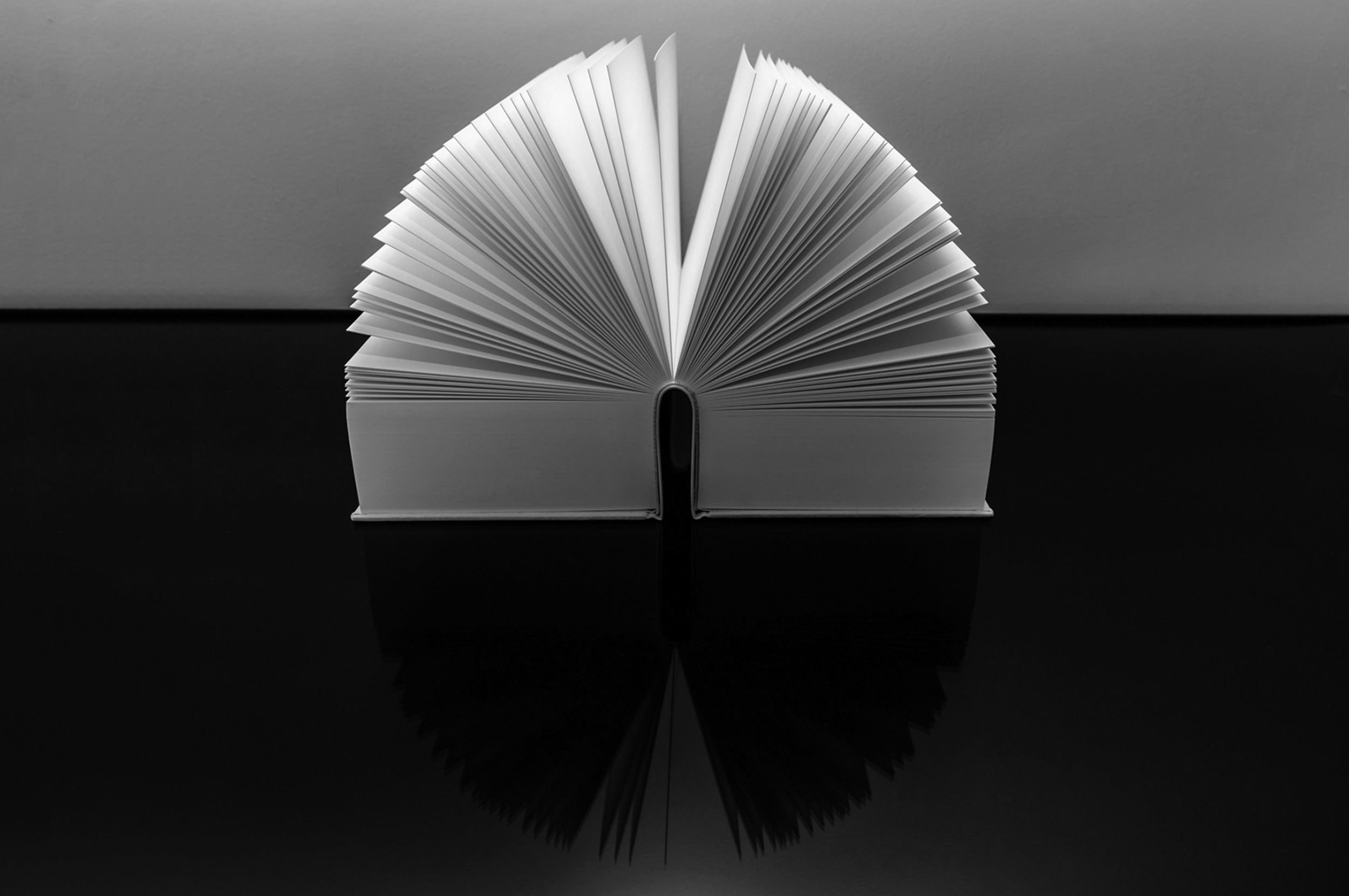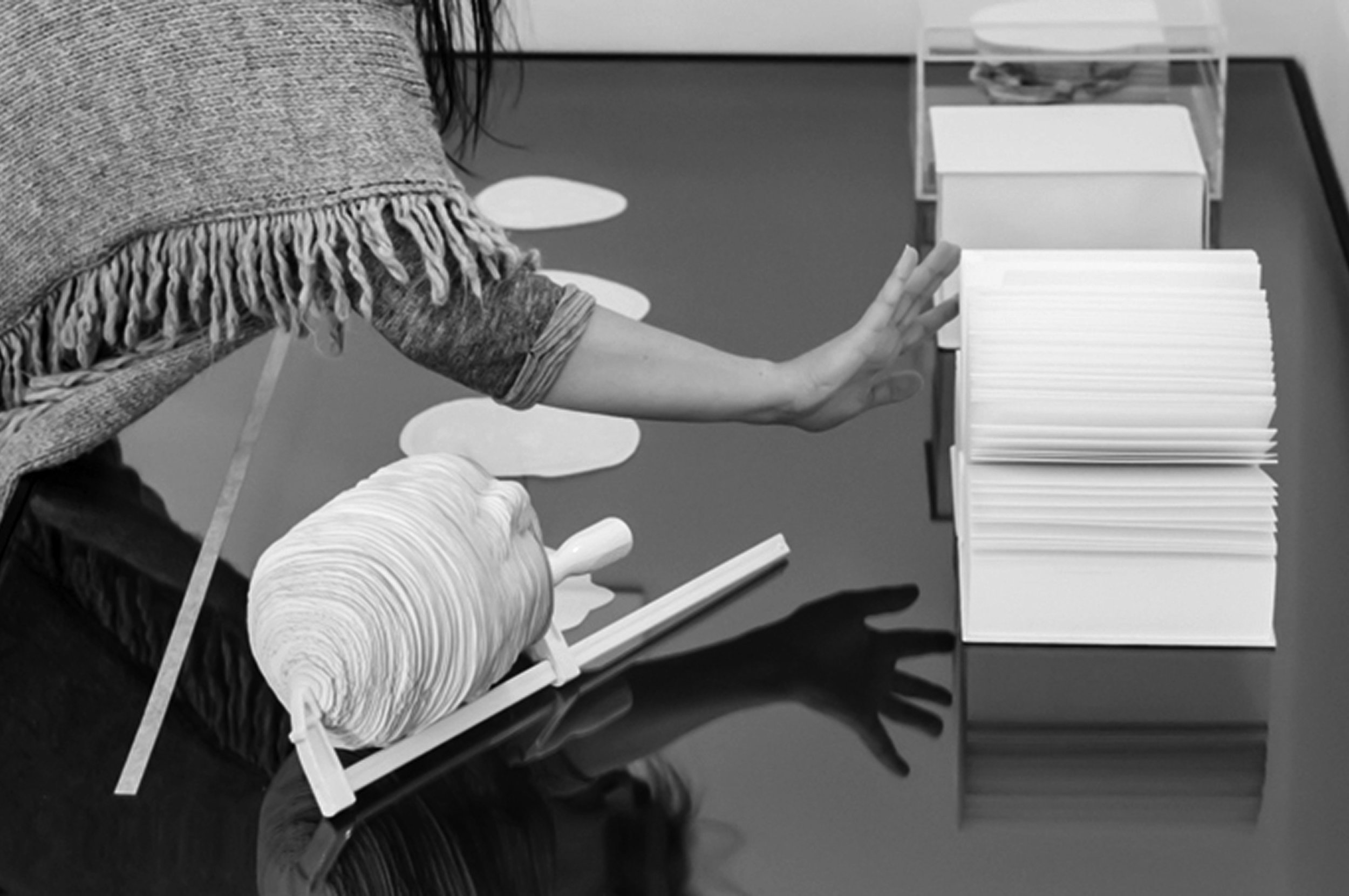— Click on the image below to access the interview —
Danné Ojeda, Vanitas
Sculpture, mixed media
XII Florence Art Biennale, October 2019, Fortezza da Basso, Florence, Italy.
SCULPTURE PRIZE · THE ‘LORENZO IL MAGNIFICO’ INTERNATIONAL AWARD–ART, XII FLORENCE ART BIENNALE
Florence Art Biennale is the major contemporary art exhibition in Florence (Italy), where it is regarded as an outstanding showcase of the international contemporary art production.
Marking the occasion of the fifth centenary of Leonardo da Vinci’s death in 2019, the XII Florence Art Biennale aimed to stir some reflection on the cognitive and creative approach of the great master of the Renaissance who is regarded as an unsurpassed genius. (Text extracted from the Florence Biennale webpage)




Danné Ojeda, Vanitas (work in progress), © 2017.
PAPER BRAINS exhibition, Amsterdam, The Netherlands.
Pages and books prototypes, variable dimensions.
Photography: Stefanie Archer.
THE BRAIN AS AN OPEN BOOK
By: Steven Heller, April 11, 2018.
PRINT Magazine
Extracts from the interview
It is fascinating the lengths to which the book as object and living form can be transformed. I asked Ojeda to speak a bit about the grey matter of this project.
How do you define Vanitas?
Vanitas is a very intimate project not only because it portrays part of my own anatomy, but also because it summarizes the areas of interest I have been busy with since my upbringing.
First, it is a contemporary interpretation of the genre of still life paintings that comes from my background as an art historian, and my inclining towards a critical view on the historical legacy.
Second, there is my interest on the book-as-object that can actively express content beyond its texts by means of its formal characteristics. In so doing, I see my making as an extension of my own thinking and writing. And here is where the notion of authorship is re-presented.
Third, this is a project that examines the relationship between art, design and sciences; which has been a recurrent issue throughout my life. My parents are medical doctors. Hence, I grew up surrounded by anatomical study books. They made me feel that the representation of body parts could be interpreted as something independent from our own anatomy; almost like prosthetic clinical objects subjected to scrutiny. Later on, this observation was reinforced with my own studies on human anatomy when I was a visual art student.
When I first imagined Vanitas, I had some reservations about part of my anatomy being exposed to the public. However, the final images printed in the book lack identity. The book and its anatomy (which is also mine) are just what you see: mere clinical pictures.
Paradoxically, for the previously mentioned, Vanitas is still a result of who I am.
What motivated your decision to do this as a book as opposed to other less challenging media?
I have always had a very special relationship with books. I am an active reader and a writer, and at the same time, I picture ideas in book forms. As a designer, I am very interested in exploring non-textual elements in books to test how much they affect the book as a medium of communication.
The inspiring element was that Vanitas paintings used to include skulls and books close to each other. While the skull is a remainder of human mortality, the book has been interpreted as the transcendence of human knowledge. If I am intending to create a minimal contemporary Vanitas, it had to be the two elements at once: an MRI skull and a book.
What were the challenges in creating this project?
I was not sure I could psychologically abide to the MRI tests. Aware of my anxiety, the clinical staff helped on creating a relaxing ambience. Yet, I experienced it as a lengthy and uneasy procedure. I had to stay still while the tests lasted. So, the metaphor of ‘still life’ became vivid.
Production wise, it has also been a project very difficult to materialize. I wanted the book to follow the proportions of my own skull. That is why the book spine has the size of a book cover and therefore, it acts as such. I have been very fortunate in finding highly skillful book printers and binders I could work with in The Netherlands. They tested and developed some book prototypes, in the borderline of what is today technically possible in the printing and binding industry.
Do you have a goal for what you want your audience to feel after experiencing this?
This book intends possible contemporary interpretations of the Vanitas still life, aided by the use of the latest technology for the portraying of “human’s mind” anatomy. I want the audience to get lost in the equation where the anatomy of the book is the anatomy of the author’s mind as a sort of game of mirrors that distort life into still life, or small sequences of death, like the pages of Vanitas might also look like.
Another goal would be related to an unorthodox perception, treatment and reading of books. This book differs from the rest of my books (written and designed) in the fact that it has not been created to be read, not even to be placed on a bookshelf. It is an object for the art space. It is inspired by paintings and transfigured into a book-sculpture. Vanitas might be seen as a conceptual proposition: an idea-book on book definition, writing, designing and making.
02
